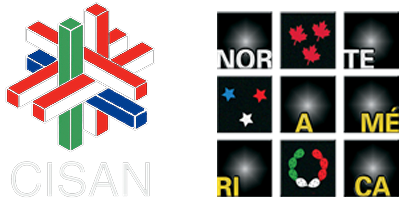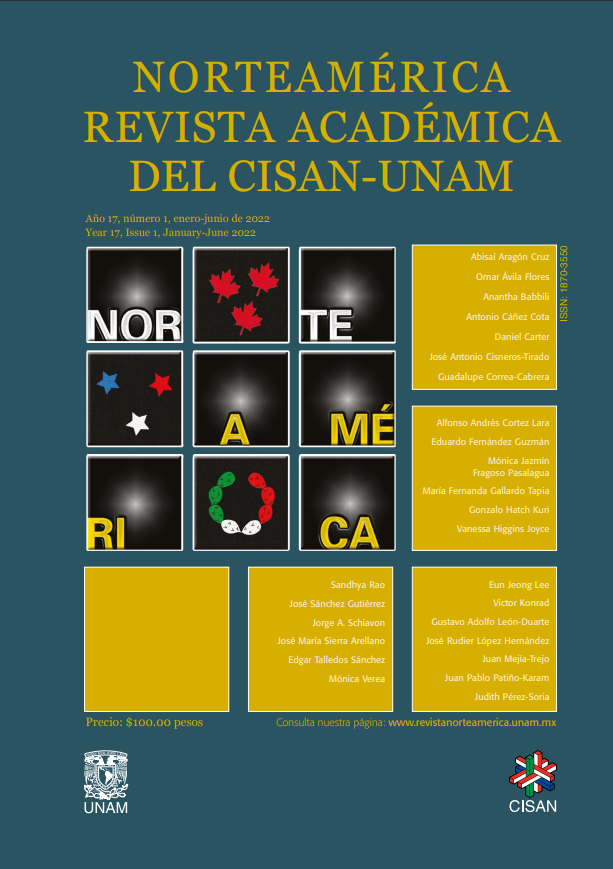Abstract
The main international variable needed to understand Mexican foreign policy is its proximity to the United States. The entry into effect of Mexico’s 1917 Constitution presented a particular-ly difficult scenario in that relationship in the 1920s. The general aim of this article is to deter-mine whether the argument that Mexico used cultural diplomacy successfully to contain tensions with the United States and facilitate bilateral negotiations should be accepted or discarded. Performing an exhaustive review of historical literature and a deep dive into archives using the theories of constructive and liberal institutional international relations, the authors begin by analyzing Mexico’s cultural diplomacy strategies. They continue by studying the concrete actions carried out for disseminating Mexican culture in the United States. They then evaluate the application of these cultural diplomacy strategies, identifying significant changes in impor-tant U.S. actors’ attitudes toward Mexico as well as the increased cooperation between the two countries. Their conclusion is that Mexican cultural diplomacy was a useful foreign policy in-strument for reducing tensions with the United States and facilitating negotiations between the two countries.

This work is licensed under a Creative Commons Attribution-NonCommercial-NoDerivatives 4.0 International License.
Copyright (c) 2021 José María Sierra Arellano, Jorge A. Schiavon



